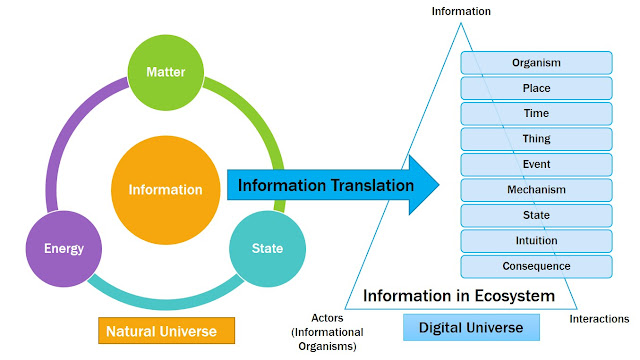AI System Architecture and Health Assessment
AI System
AI system receive inputs (data), process them via data processing applications, which can use AI algorithms for further advanced processing of data or intermediate outputs for generating final outputs for desired outcomes. These outputs could be classifications, clustering, contents, decisions, detections, insights, predictions or recommendations. There are several examples of AI systems such as Autonomous Vehicles, Chatbots, Digital Assistants, Face Recognition and Voice Recognition etc.
A. AI System Architecture
AI system architecture consists of at least three interconnected layers and underpinning components: applications, data and algorithms.
1. Application
AI system has AI enabled or augmented or embedded applications that receive initial inputs such as data and apply data processing programs. Based on the processing needs, it makes the data ready for further advanced processing using AI algorithms. As such application captures and generates intermediate outputs for the algorithmic processing. Application engages the required algorithms for generating the final outputs, which are then passed to the AI system users by the application user interface.
2. Data
Data is core to AI system. Data architecture provides the design and integration of data components. Data architecture can include operational application data systems, data warehouse, data lake, data lake house, data mesh, data fabric (semantic layers), data exchange, and data satellite etc. AI system algorithms grow over the data.
3. Algorithm
AI system has different types of algorithms such as supervised learning, unsupervised learning, reinforcement learning and deep learning. These algorithms process large amount of structured, semi-structured and unstructured data including raw and pre-process intermediate outputs. Algorithmic data can be organised into four areas: Training Data, Validation Data, Test Data and Live Production Data. We can select an algorithm that fits to the subset of an application data such as the training data or vice versa. Algorithms process the data and results are called the product or model.
B. AI System Health Assessment Model
Overall, quality of an AI system depends on the health of integrated applications, data and algorithms. This section discusses the AI System Health Assessment Model, which can be used to assess the health of AI system from 7 perspective: (1) criticality, (2) business fit, (3) social fit, (4) technology fit, (5) privacy, (6) security, and (7) trustworthiness.
- Gill, A.Q. 2022. Adaptive Enterprise Architecture as Information: Architecting Intelligent Enterprises.
- NSW Artificial Intelligence Assessment Framework. https://www.digital.nsw.gov.au/policy/artificial-intelligence/nsw-artificial-intelligence-assessment-framework
- Artificial Intelligence Ethics Policy. https://www.digital.nsw.gov.au/policy/artificial-intelligence/artificial-intelligence-ethics-policy




Just used Face Shape Detector and honestly, it’s super impressive!
ReplyDeleteIt identified my face type perfectly and gave really useful insights.
Definitely worth trying if you’re into fashion or personalized styling.